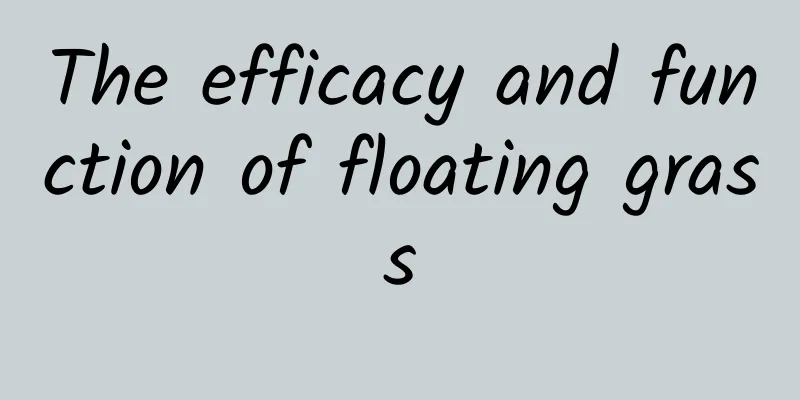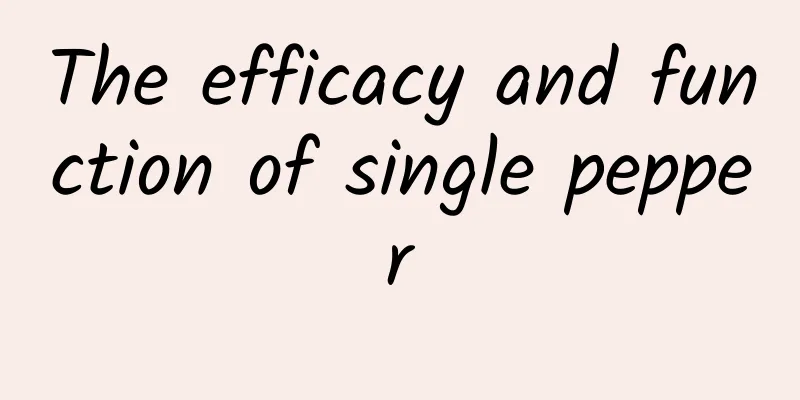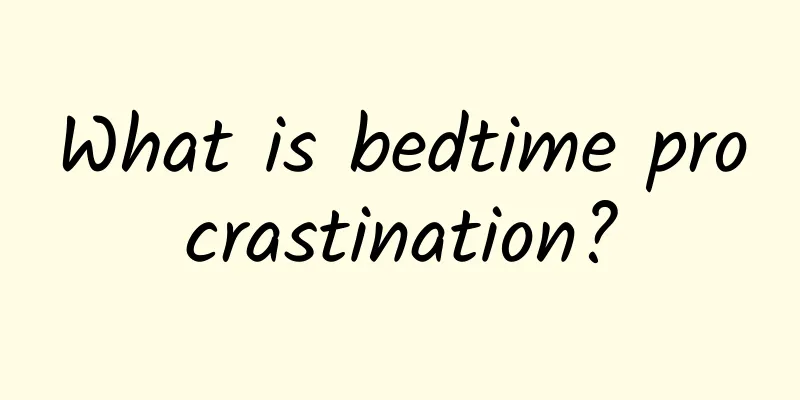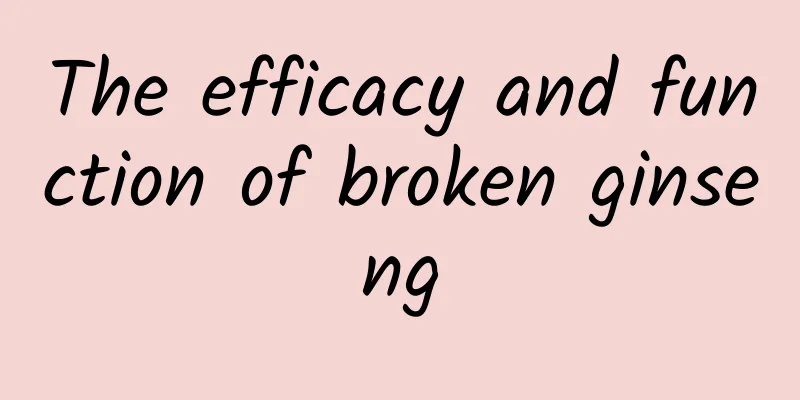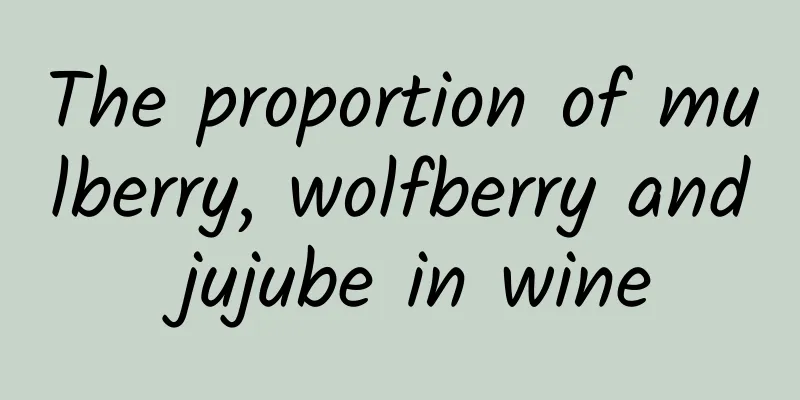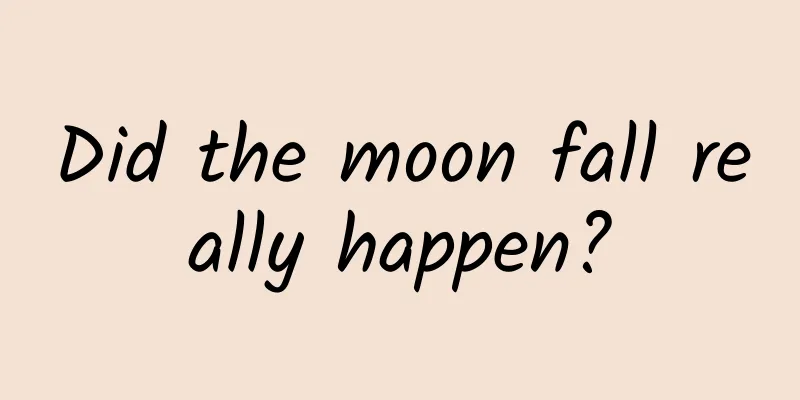The efficacy and function of Gentiana gentiana[picture]
![The efficacy and function of Gentiana gentiana[picture]](/upload/images/67ca3fbc849ce.webp)
|
What are the functions of Gentiana [Picture]? As a traditional Chinese medicine, Gentiana [Picture] can not only be used to treat diseases, but can also be combined with some other medicinal materials to make medicinal food, which has a very good effect on regulating the human body. Today we will introduce you to Gentiana [Picture]. [Other names] Lingyou (Ben Jing), grass gentian (Bencao Tujing), gentian grass (Lu Canyan Materia Medica), bitter gentian grass, ground gentian grass (Diannan Materia Medica), dancao (Pharmaceutical Huayi), mountain gentian (Zhejiang Traditional Chinese Medicine Handbook), four-leaf gentian (Guangxi Traditional Chinese Veterinary Medicinal Plants), water gentian (Jiangsu Plant Medicine Records). [Source] It is the root and rhizome of Gentiana scabra or Gentiana triflora of the Gentianaceae family. It can be harvested in spring or autumn, but the quality is best when harvested in autumn. After digging, remove the stems and leaves, wash and dry them. [Original form] ① Gentiana, also known as rough gentian. [Properties] The dried rhizome is irregularly lumpy, about 0.5 to 3 cm long and 0.5 to 1 cm in diameter; the surface is dark gray-brown or dark brown, wrinkled, with horizontal stripes, with stem marks or residual stem base at the upper end, tough; difficult to break; the cross section is slightly flat, yellow-brown. The roots grow in clusters on the rhizome, about 8 to 20 cm long, with a diameter of about 0.2 to 0.4 cm in the upper part and thinner in the lower part; the surface is yellow or yellow-brown, with longitudinal wrinkles and rootlets, brittle and easy to break; the cross section is slightly flat, yellow-brown, and the wood is very small and white. The smell is weak and the taste is extremely bitter. The best roots are those that are thick and long, yellow or yellow-brown, and not broken; the ones that are thin and short, or have few roots and are reddish-yellow in color are of inferior quality. [Chemical composition] Contains gentiopicrin, swertiamarin, gentiobiose, gentisin and gentisic acid, etc. [Preparation] Pick out impurities, remove residual stems, wash, soak thoroughly, cut into sections, and dry in the sun. 【Nature and flavor】 Bitter, cold. [entry into meridians] Enters the liver and gallbladder meridians. 【Functions and indications】Relieves excess fire in the liver and gallbladder, and eliminates dampness and heat in the lower abdomen. It is used to treat excessive heat in the liver meridian, epilepsy and mania, type B encephalitis, headache, red eyes, sore throat, jaundice, dysentery, carbuncles, scrotal swelling and pain, and genital itching. It is used for jaundice caused by damp-heat, swelling and itching of the vagina, leucorrhea, itching due to eczema, deafness, pain in the ribs, bitter taste in the mouth, and convulsions. [Usage and Dosage] For oral use: decocted in water, 1 to 3 qian; or made into pills or powder. For external use: grind into powder and apply on skin. [Note] People with weak spleen and stomach and diarrhea and those without damp-heat or real fire should not take this medicine. 【Storage】 Store in a dry place. [Additional prescription] ① To treat madness caused by typhoid fever: grind grass gentian into powder, add egg white and white honey, dissolve in cold water and take 2 qian of it. (Essentials of Treating Colds) [Clinical Application] Treatment of epidemic encephalitis B: For those with mild symptoms who can take it orally, give 20% gentian syrup 3 times a day, 10-15 ml each time; for those who are in coma or vomiting and cannot eat, give 2:1 gentian injection 3-4 times a day, 2-4 ml each time by intramuscular injection, and stop the medication 3 days after the fever subsides. Moderate and severe cases are treated with conventional Western medicine. A total of 23 cases were observed, including 11 severe cases, 6 moderate cases and 6 mild cases, and all of them recovered. The body temperature returned to normal in 18 cases within 3 days, 15 cases had convulsion symptoms, 11 cases were controlled within 24 hours (the other 4 cases were controlled within 2 days), and 10 cases became conscious. Only one severe case had sequelae. [Note] In addition, Northeastern Gentiana is still used as medicine in the Northeast region and Shandong. The leaves of Northeast Gentiana are linear-lanceolate to lanceolate, 9 to 10 cm long and 1.2 to 2 cm wide. The calyx lobes are unequal in length, and the corolla lobes are triangular and acute. 【Excerpt】 《*Dictionary》 【Source】 From 1. Ben Jing. The above is a brief introduction to the medicinal value of Gentiana [Picture]. For most people in real life, there is no need to worry about side effects when using Gentiana [Picture] to treat diseases. Therefore, using Gentiana scabra[picture] to treat diseases is an effective and practical treatment method, and it has been widely used in clinical practice. |
<<: The efficacy and function of the root of the dragon boat flower [picture]
>>: The efficacy and function of Longlaogen [picture]
Recommend
The efficacy and function of beef ribs
Beef ribs are very nutritious and precious medici...
The efficacy and function of Phoenix hair
Phoenix hair has a long history, and until now, t...
Can licorice help you lose weight?
The best use of licorice is its medical role. If ...
The efficacy and function of Chinese medicine Selaginella
Although Selaginella is a traditional Chinese med...
What are the effects of Huoxiang Zhengqi Tablets?
Huoxiang Zhengqi Tablets is a Chinese patent medi...
The efficacy of wolfberry and golden cherry wine
Have you ever heard of using wolfberry and golden...
The efficacy and function of carp
We can often see carp in our daily life, so how s...
How long does it take to move in after renovation? Can green plants remove formaldehyde? A few facts you may not know
April 26th is "World Free Formaldehyde Day&q...
Heavy rain hits Shandong and Henan! Heavy rain "rushes" into the north, beware of the sudden change from drought to flood
Since July 7, Shandong, Henan, Sichuan and other ...
How to distinguish the authenticity of snow lotus?
I believe everyone is familiar with foods like sn...
The efficacy and function of pomegranate
With the development of society and the close int...
The efficacy and function of cat feces
Speaking of cat poop, many people know that it is...
I’m losing weight but it’s not coming off… How do I deal with the weight loss “plateau”?
Author: Cui Yihui, registered dietitian, master o...
Why does the dragon raise its head on February 2?
This article was reviewed by Shao Lin, a popular ...
Was being a teacher in ancient times actually a “high-risk” profession?
Source: A Brief History...

